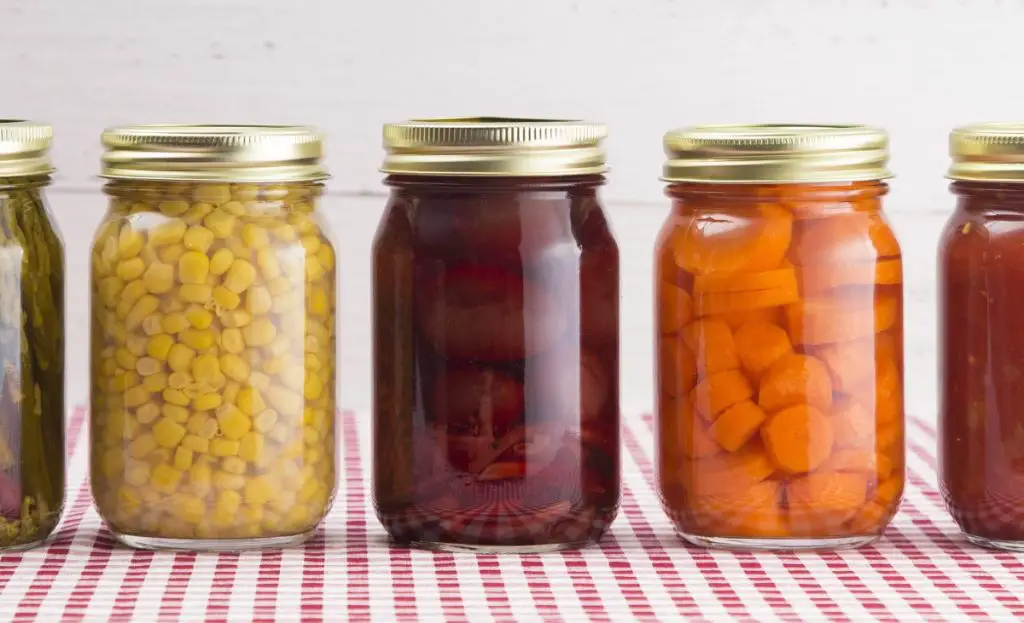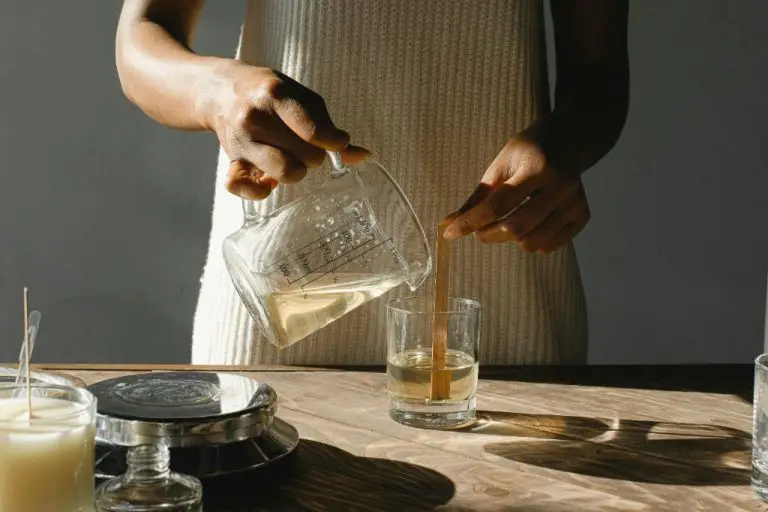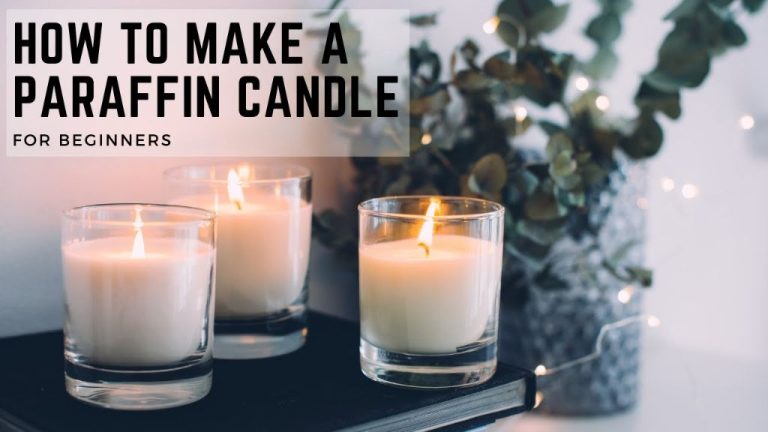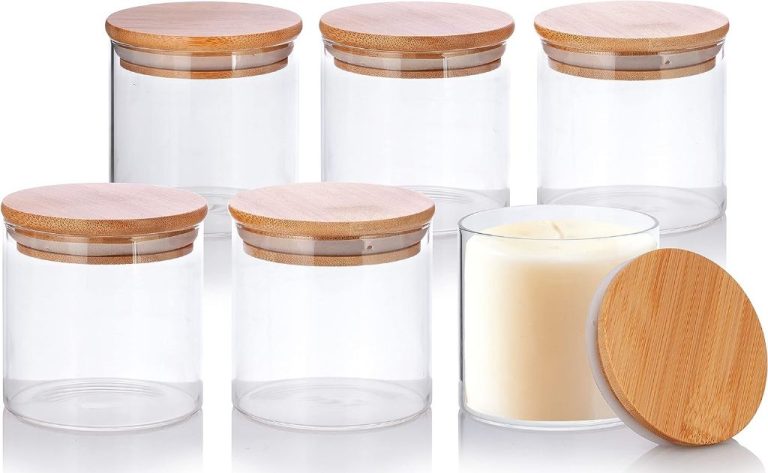What Is The Most Common Canning Jar Size?
Canning jars have remained popular kitchen staples for over a century. The jars allow home cooks to preserve fruits, vegetables, sauces, jams, pickles, and more by sealing fresh foods to be shelf-stable for up to a year. This makes home canning an economical way to make use of seasonal bounty and store homemade foods without artificial preservatives. The jars also double as decorative and organizational containers. Given their versatility, it’s no wonder certain sizes like quart jars are kitchen classics passed down through generations.
The practice of home canning began in the early 1800s, when Napoleon Bonaparte offered a cash prize for a new way to preserve food for his army. By the late 1800s, Mason jars with threaded lids created an airtight seal for canning. Today, vintage-inspired Mason jars with rubber gaskets and metal bands maintain popularity due to their sealing ability, durability, and nostalgic charm. Canning remains a beloved hobby that allows people to create a pantry stocked with healthy, homemade foods to enjoy for months to come.
History of Canning Jars
The origins of canning jars date back to 1795, when French inventor Nicolas Appert developed a method of preserving food by sterilizing it in sealed glass jars.[1] However, the jars used at that time had to be hand-blown, making them expensive and not suitable for widespread use. It wasn’t until 1858 that an American tinsmith named John L. Mason patented the mason jar – the first self-sealing jar suitable for home canning using a zinc screw-on lid.[2]
Mason’s innovative design allowed air to flow out of the jar during heating but not back in while cooling, keeping food fresh for months. The mason jar quickly gained popularity among home cooks for canning fruits, vegetables, jams, jellies, and pickles. By 1869, over 1 million mason jars were being produced annually.[3] Other brands like Ball and Kerr soon emerged, but mason jars remained the most ubiquitous. Even after metal cans and freezer technology became available, mason jars continued to be a staple of home canning due to their reusability, safety, and nostalgic appeal.
[1] https://sweetheartsofthewest.blogspot.com/2021/05/preserving-history-short-history-of.html
[2] http://www.joycetice.com/articles/canningjars.htm
[3] http://www.cellarandconservatory.com/blog/tag/ball+jars
Common Canning Jar Sizes
Canning jars come in a variety of sizes to accommodate different food preservation needs. The most popular sizes are:
4 oz – The smallest size, best for jams, jellies, and sauces made in small batches.
8 oz – Slightly larger, good for preserves, chutneys, pesto, and other condiments.
16 oz – A mid-size jar, useful for tomato sauces, pie fillings, pickled vegetables, and relishes.
32 oz – Typically referred to as quart jars, these are one of the most versatile and commonly used sizes. Great for canning fruits, tomatoes, salsas, juices, soups, and more (https://allthingsjar.com/types-of-jars/). Quart jars allow for canning family-sized portions.
The Quart Jar
The most common canning jar size is the quart jar, which holds 32 fluid ounces or 946 milliliters. Quart jars are approximately 3 inches wide by 7 inches tall and have a mouth opening of around 3 inches wide.
Quart jars gained popularity during World War I when the US Food Administration promoted home canning as a way to preserve fruits and vegetables when commercial canning was limited. The quart size jar was appealing because it allowed families to can a lot of produce at once in a uniform, stackable shape.
Today, the quart jar remains the most popular size for home canning. The 32 ounce capacity enables canners to preserve large batches of fruits, vegetables, salsas, sauces, and more. The wide mouth quart is especially convenient for canning whole or halved produce.
Quart jars are widely available from canning supply stores and many grocers. Their standardized shape makes them easy to use with canning equipment like rack holders and lifters. The quart size strikes the right balance between portability and capacity for most households.
Why Quart Jars are Popular
Of all the various sizes of canning jars, the quart size is often considered the most popular and useful for home canning purposes. Quart jars, which hold approximately 32 ounces, have some key advantages that make them a versatile choice for many canners:

The quart size is ideal for canning many foods in ideal portion sizes, from fruits and tomatoes to jams and pickles. Having a standard 32 ounce jar makes it easy to portion out ingredients. As noted by Clemson University, the quart jar is convenient for safely processing high acid foods like peaches, pears, and pickles.
Quart jars are reusable from season to season. Unlike some commercial jars, Mason quart jars are designed to be durable and withstand repeated canning use. Their shelf life and reusability makes them economical.
Quart jars are also readily available in most stores selling canning supplies, from big box stores to small hardware shops. Their popularity and ubiquity makes it easy to find quart jars in stock. According to Michigan State University Extension, the Mason jar is specifically designed for home canning and is the best option for safe food preservation.
Other Uses for Quart Jars
In addition to canning, quart sized mason jars have many other versatile uses around the home. Their airtight seal makes them ideal for storing dry goods like flour, sugar, and coffee [1]. Quart jars can also be used for shaking up homemade salad dressings, storing homemade jams and jellies, and for packaging up bulk items like nuts and trail mixes [2].
Quart jars make great containers for holding drinking glasses and utensils at a picnic or outdoor party. Their portability and lid closure also makes them handy for transporting snacks or lunches on-the-go. For gifts and crafts, quart jars can be decorated and filled with homemade baked goods, bath salts, candles or potpourri [3].
Around the house, quart mason jars are commonly reused as makeshift vases, pencil holders, or bathroom storage for cotton balls and q-tips. Their versatility and nostalgic charm makes them a go-to container for endless household uses.
Alternatives to Quart Jars
While quart jars are the most popular size for home canning, other sizes may be better suited depending on your needs. Some reasons you may want to consider using jars other than quarts include:
- Half-pint jars are great for jams, jellies, sauces, and other foods you may use up quickly. The smaller size allows you to open and use just what you need.
- Wide-mouth pint jars are ideal for canning thicker foods like chili or stew. The wider opening makes it easier to spoon food into the jars.
- Large mouth quart jars give you more versatility, as you can fill them with either liquids or thicker foods.
- If making food gifts, 4-ounce or 8-ounce jars are a perfect size to share homemade goodies.
Consider how much of each food you realistically need when deciding on jar sizes. Quart jars make sense for staples you use frequently, while smaller jars work for items used more sparingly.
How to Choose the Right Size
When choosing what size canning jar is right for your needs, there are a few key factors to consider:
Food type – Certain foods are better suited for different sized jars. For example, jams and jellies are often canned in smaller half-pint or 4-ounce jars. Tomatoes and other vegetables work well in quart or pint sizes. Meats are typically canned in pint or quart jars.
Household size – Consider how quickly you will use up the canned goods. Large families may opt for more quart sized jars, while small households may want more pint or even half-pint jars to avoid waste.
Recipe yields – Pay attention to recipe yields when choosing jar size. Canning recipes are formulated for specific jar sizes, so match your jars accordingly. For instance, a recipe yielding 7-8 pints means you should have pint jars ready.
Headspace – Each jar size requires a certain amount of headspace between the lid and food contents. Follow headspace guidelines for safety. Too little space can prevent sealing, while too much can cause food spoilage.
Use – Will you use the canned goods for gifts, storage, or regular household use? Plan jar sizes based on intended use.
By considering these key factors, you can determine the ideal sizes to have on hand. Mix and match jar sizes to suit different foods and purposes.
Trends and Innovations
Canning jars have evolved over the years with new sizes, shapes, and features. Some key innovations include:
Wide mouth jars – These jars have a wider opening which makes it easier to fill and empty the jars. Wide mouth quart jars became popular in the 1980s.1
Square jars – Square canning jars like the Atlas E-Z Seal were introduced in the 1930s and offered an alternative to round jars. The flat sides made the jars easier to pack and stack.2
Improved lids – New lid designs with rubber gaskets improved the seal and made home canning safer and more reliable. The two-piece metal lid system still used today was developed in the 1930s.2
New sizes – Along with quarts and pints, canning jars now come in a variety of sizes like 4 oz, 8 oz, 16 oz, and 64 oz to accommodate different canning needs.
Decorative jars – Colored glass, custom graphics, and shaped designs make canning jars an attractive kitchen accessory. Specialty jars allow home canners to showcase their food creations.
Conclusion
In summary, the quart size is the most common and popular canning jar for several reasons. The quart size holds a generous amount of food, making it efficient for canning larger batches. Quart jars are versatile as they can be used for various types of food like fruits, vegetables, salsas, sauces, and more. The wide mouth quart is also a standard in many canning recipes. Additionally, quart jars lend themselves well to repurposing and craft projects once empty. The quart size strikes the right balance of not being too large or too small for most households’ canning needs. While pint and half-gallon sizes have their niche uses, the quart is the go-to choice for most home canners looking for a reliable, convenient jar size to stock their pantry.






